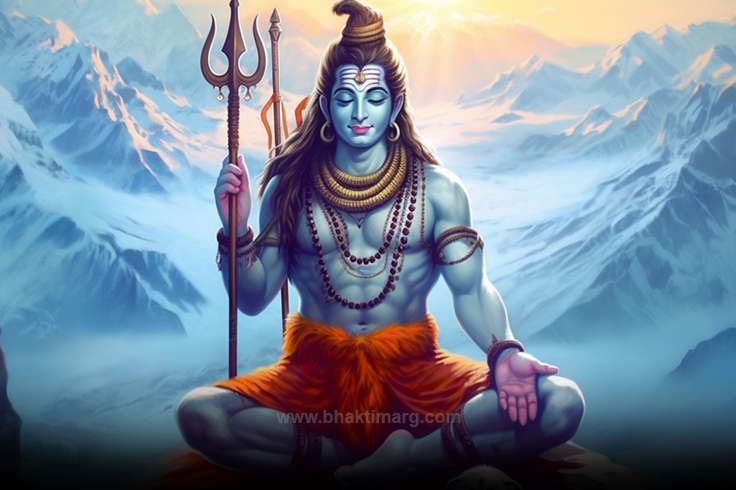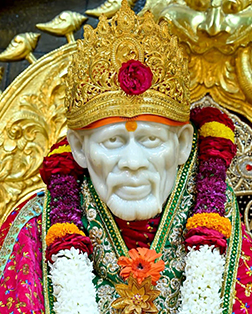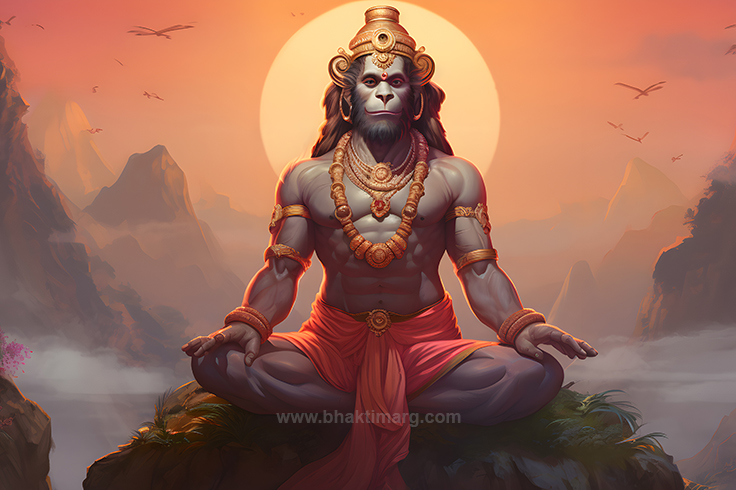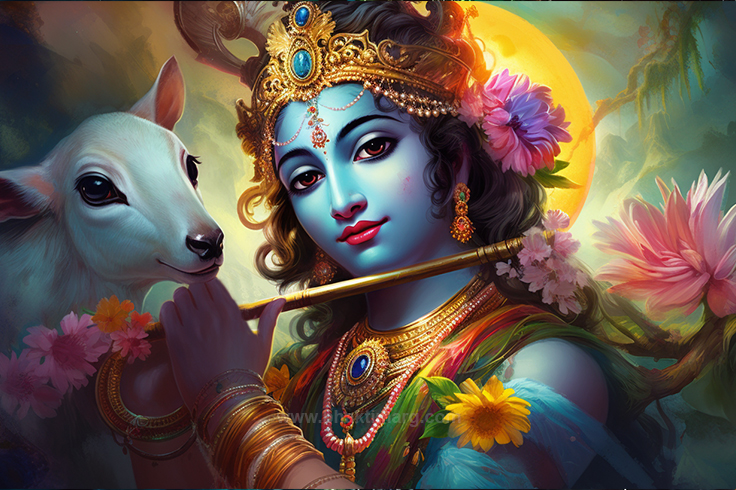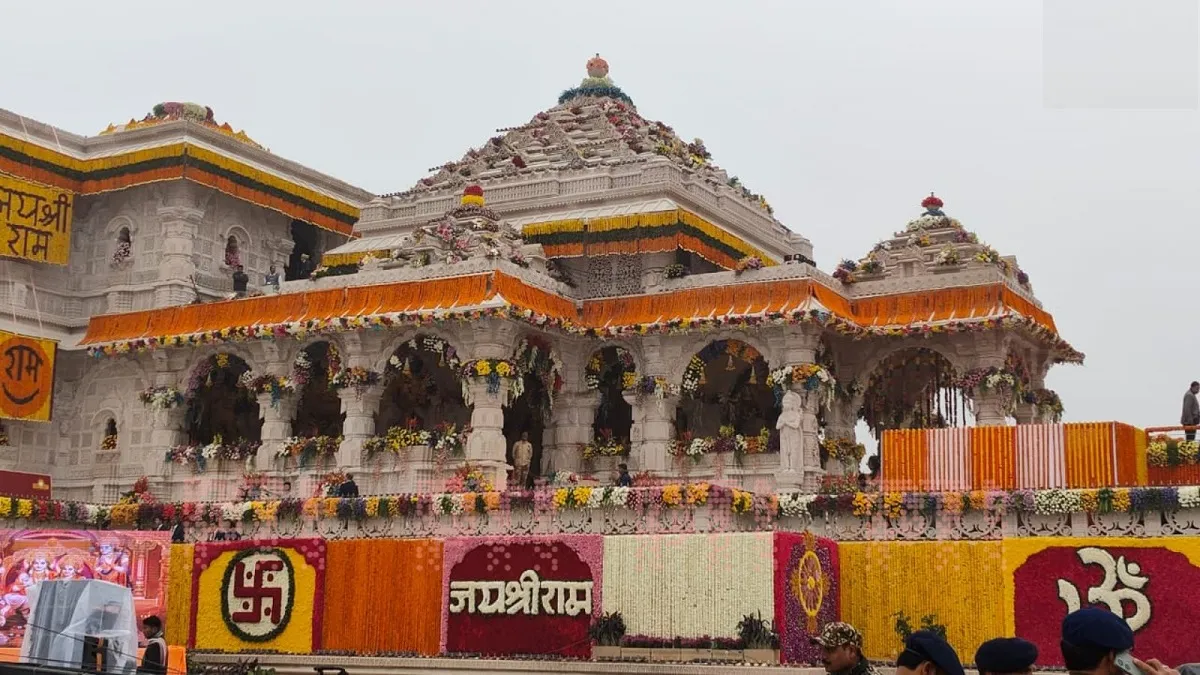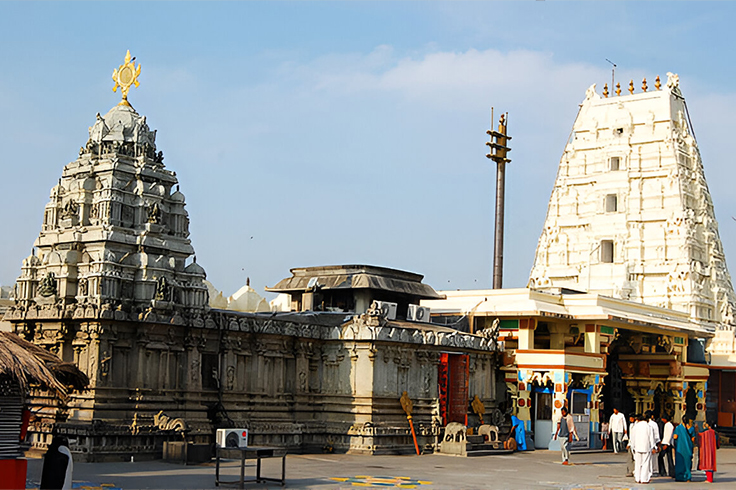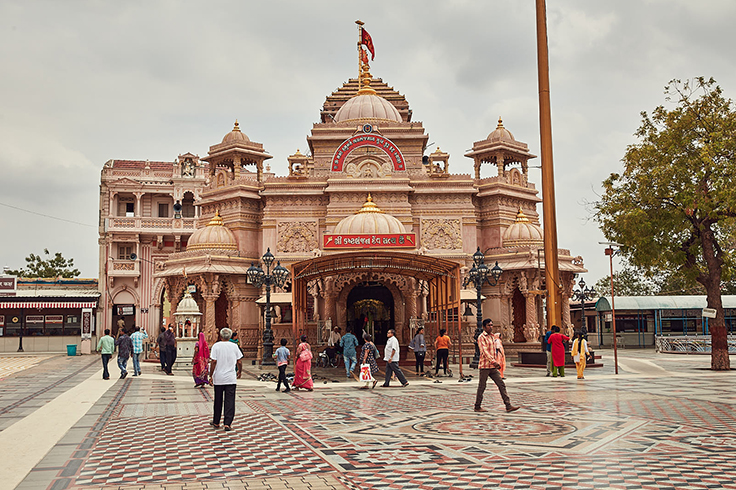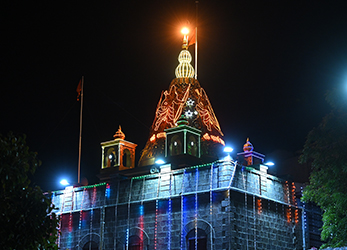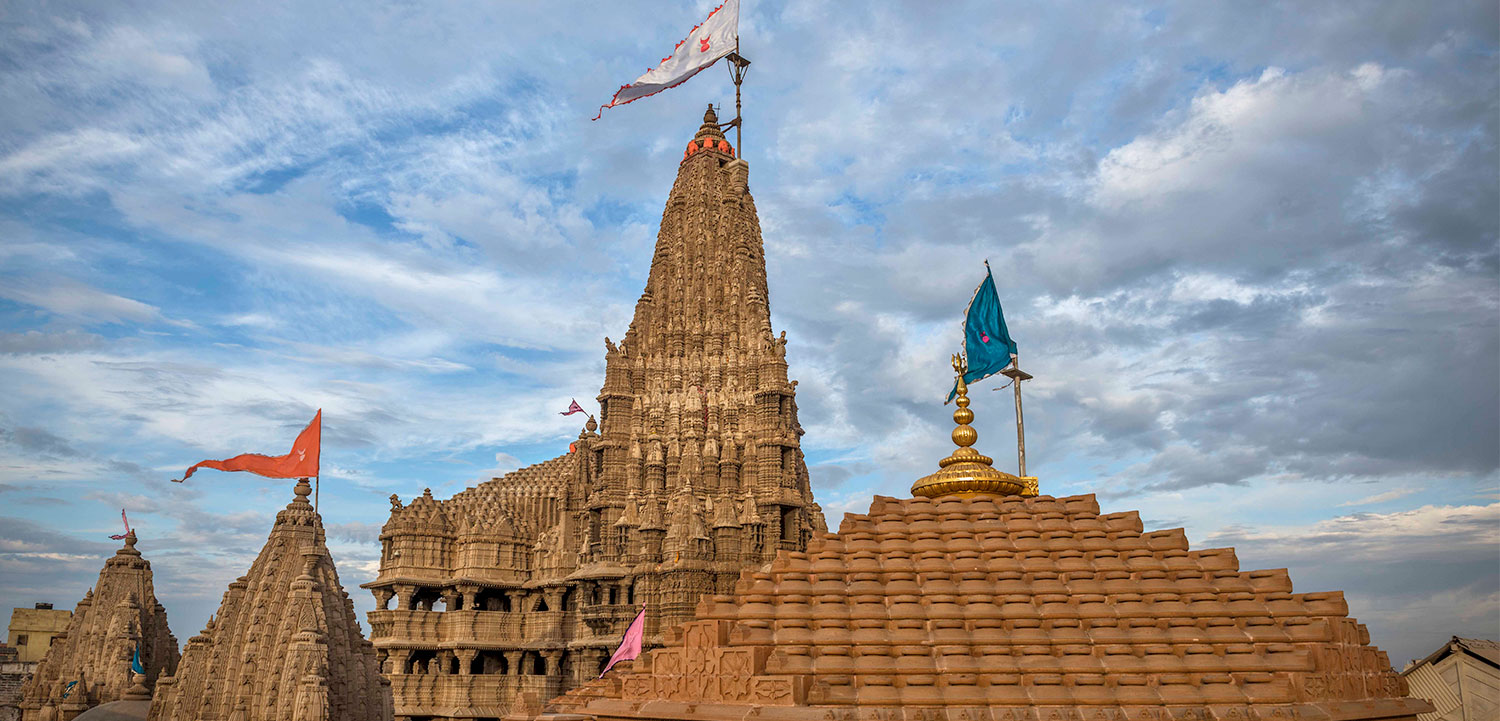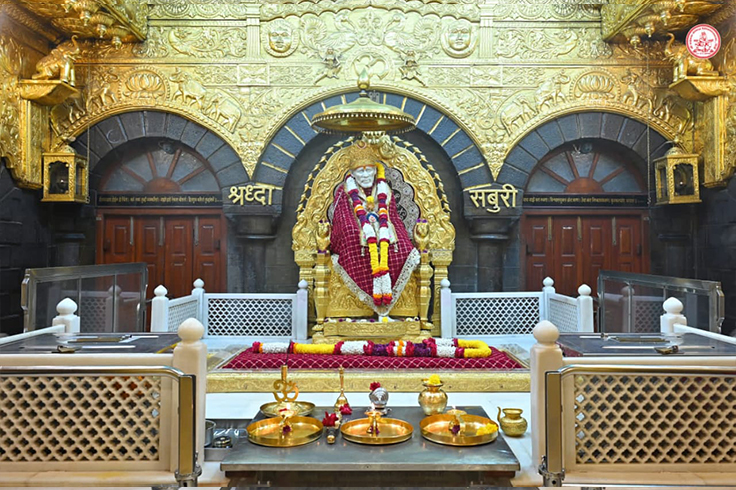
Shri Shirdi Saibaba Satcharitra
Human life is a cycle of Karma it is said and to find moksa or peace it’s advised in Sanatana Dharma to follow Bhakti Marg, where devotion to the Parabrahma or the ultimate God of the related Hinduism sect. Saibaba Teachings is one such devout path to enlighten people’s life, to follow and attain peace and harmony in life.
Saibaba is a renowned saint followed by both Hindus and Muslims equally, he is considered a god figure by his followers. His birth and early life are mysterious as no one has a concrete answer. Many speculations and stories circulate about his birth, life, and various miracles that he performed but no concrete evidence of Sai Baba’s real story.
What is Saibaba Satcharitra?
There are no proper excerpts of Saibaba’s life, the most accurate details are said to be available in Sri Sai Satcharitra, considered a sacred text in Hinduism written by Govind Raghunath Dabholkar known as Hemadpanth. He came to Shirdi in 1910 and had the opportunity to witness the miracle where Saibaba was able to prevent the outspread of Cholera. This incident is mentioned in Saibaba Satcharitra that on the grinder Shri Sai Baba milled the wheat and spread it around the borders of Shirdi stopping it from being widespread. This astonishing feat has been said to have inspired him to document Saibaba’s Adhbhut Leela, which would be remembered for ages.
Before starting, the excerpt Hemadpanth asked Saibaba for his permission to note down his life journey and prodigy, which Baba agreed to. He said along the line “If my recorded life can inspire people to live compassionately and peacefully and help them dissolve their sins committed through ignorance I grant my permission, he graced that if his Leela’s are heard or read with love and devotion the troubles of worldly life will be forgotten”. With this positive response, to promote Saibaba’s teaching he moved ahead to start noting the events, and with the help of Madhavrao Deshpande alias Shama.
Shri Saibaba Satcharitra consists of a total of 52 chapters and 9450 verses, which was believed to have been initiated in 1922 and completed in 1929 was written in Marathi and released in 1930 which was followed by an English edition in 1944. The book was written at Hemadpanth’s Bandra home Sai Niwas in Mumbai, later the book was translated not only into English but other languages like Hindi, Gujarati, Tamil, Telugu, Kannada, Sindhi, Odiya, Punjabi, Nepali, and Konkani. Even so, after completing the final chapter of the book Hemadpant left the world so was not able to witness the history and impact he created. Even so, the original Sri Sai Satcharitra is well preserved in the same room at Sai Niwas where it was written in, a place non more than a hundred old years and frequently visited by travelers.
Sri Sai Satcharitra Context:
The text contains what can be resembled Sai Baba’s real story, as it is a documentation of events by authentic characters to have lived in Shirdi as its a biography rather than just a book on Saibaba.
- It inheres details like Baba’s early life which religion he identified with and what beliefs he lived on. It gives details through a story that he claimed to have no religion specifically stating ‘Sabka Malik Ek’ that more than religion he valued life and there is only one supreme being. And examples of those are given with devotees’ statements where to Hindu bhakts he would provide Shrimad Bhagvat Geeta verse and guidance and to Muslim bhakts he would provide advice from the sacred Quran.
- It states he lived in an abandoned mosque with no roof he never took money or gifts, he lived through asking for alms, and making rounds in the village with his bowl door to door asking for ‘Bhiksha’. This tells he never believed in accumulating worldly materials or creating attachments that would bond him to life he lived like a ‘fakir’, dressed in torn cloth denouncing all the material comforts.
- It is noted that devotees would visit his staying place and perform prayer or sai baba aarti and celebrate festivals with his blessings and witness various miracles of his in case of any hurdles they faced.
- The Shri Sai Satcharitra is a discourse based on the experiences Baba’s devotees had with him during his life on earth, there is mention of ‘Dhuni’ the sacred fire that kept burning day in and day out. The intention of which was to burn the Karmas of everyone who came there, it’s recorded that healing occurred and guidance was received on every level. Some even mention that the ‘raakh’ or ‘bhuti’ was given to devotees to protect them or help them cure themselves and many such miracles are noted during the life of Shri Shirdi Saibaba and been multiplied after his Mahasamadhi in 1918 is mentioned in the book.
The book is the life story of Shri Saibaba and is said to play an important role in Sai devotee’s life, as the more they read the more they are said to become closer to Saibaba. The different chapters of the book include various stories that comprise a philosophy, anecdotes, and teaching of Saibaba. The book has been reported to help many devotees overcome difficult times and gain answers to their questions if they randomly open the book during a crisis. And the natural flow of the text makes them relate to the sacred text indulging people into the context and feeling they have been a part of the witness noted in the book. Many devotees perform daily or weekly ‘Parayana’ to associate themselves with Saibaba teachings, ideologies, and philosophy to gain guidance in troubled times and pray he rescues them from crisis.
It is suggested that if one follows the Saibaba Satcharitra frequently they would be guided adequately through the problems they are facing and would elevate to new levels in life. Even so, preparations like a scheduled devotional place in the home consisting of an idol or image of Shri Saibaba are advised along with the sacred book being kept securely and respectfully offering Dhoop-Kapoor, essence stick, and Saibaba aarti.
Even today many people offer their gratitude through Saibaba Bhajan and Saibaba Mantra there are occasions when the devotees even embark on ‘Payi Yatra’ to Shirdi. A huge temple is erected on the place where Baba is said to have appeared, it is a daily occurrence to perform Saibaba Maha Mantra, Kakad Aarti, and Bhajan in the Saibaba Mandir on a timely period.





